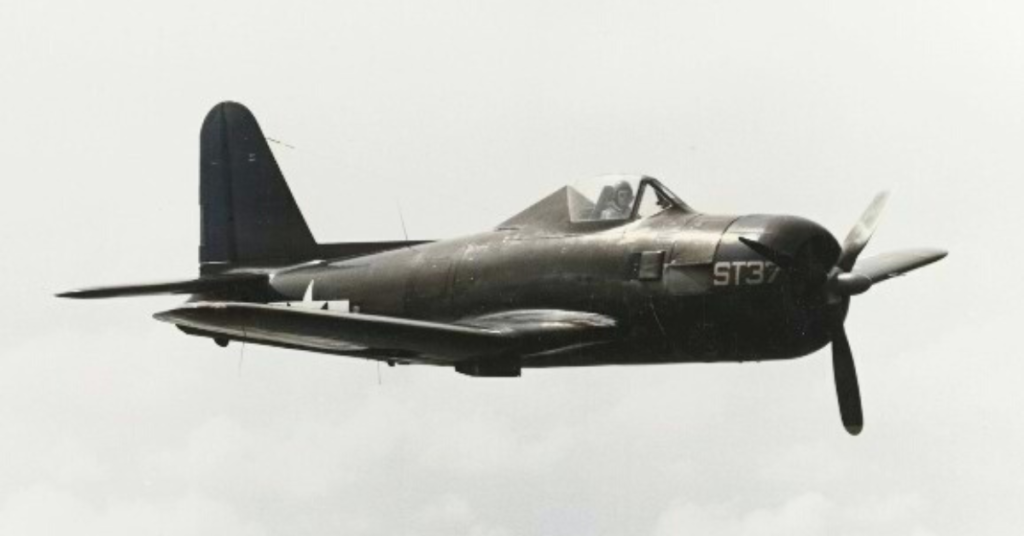
The Ryan FR-1 Fireball was an American fighter designed by Ryan Aeronautical for the US Navy during the Second World War. It was a mixed-power aircraft, making it the Navy’s first to have a jet engine. By the end of the conflict, 66 had been produced, with none actually seeing combat. The FR-1 only served for two years before being forced into retirement.
Desire for a ‘composite’-powered fighter
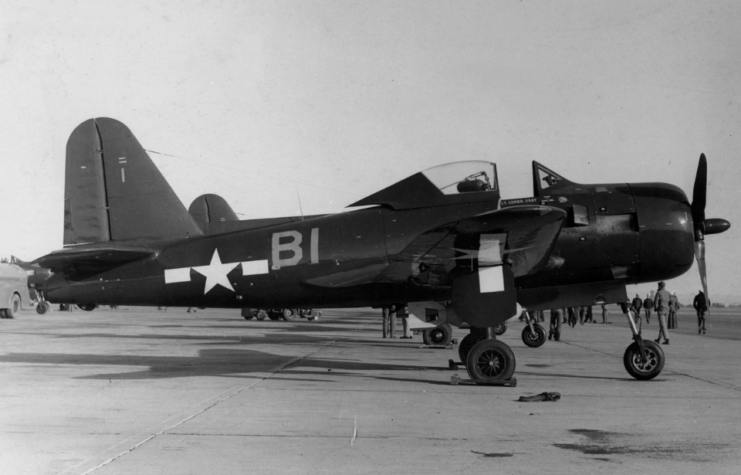
In 1943, Adm. John S. McCain Sr. proposed the development of a “composite“-powered fighter, which would require a piston and a jet engine. Early jet power plants produced by the United States, Britain and Germany proved less reliable than radial engines.
On February 11, 1943, Ryan received a contract for three XFR-1 prototypes, as well as a single static test airframe, with the first two aircraft to be delivered within 14 months. The Navy was increasingly keen about it and placed an order of 100, way before it was even proven to be effective.
The Ryan XFR-1’s first test flight showed early issues
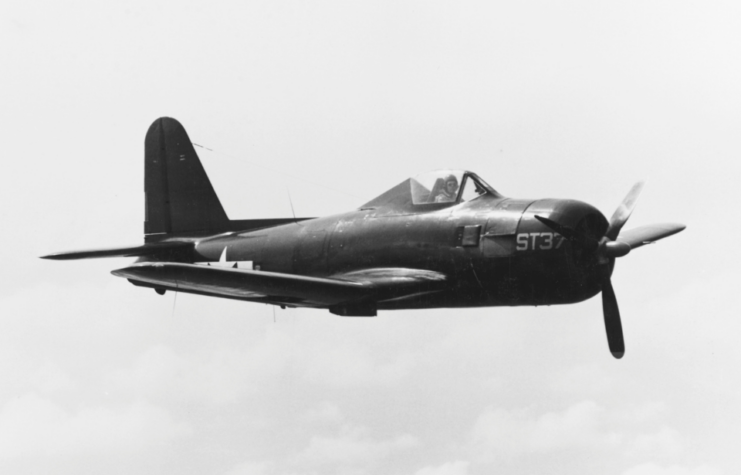
The XFR-1 conducted its first flight, without a jet engine, on June 25, 1944. This was followed by a second flight three months later. These confirmed what had been noticed in wind tunnel tests: that being the XFR-1 lacked longitudinal stability, due to a miscalculation of its center of gravity. The aircraft’s circular rear fuselage added to this.
To fix the problem, a new tail was designed with larger vertical and horizontal stabilizers. Early tests also found the double-slotted flaps to be less than satisfactory. However, before these could be changed, three prototypes and 14 production models had already been manufactured.
Several crashes during the prototype phase
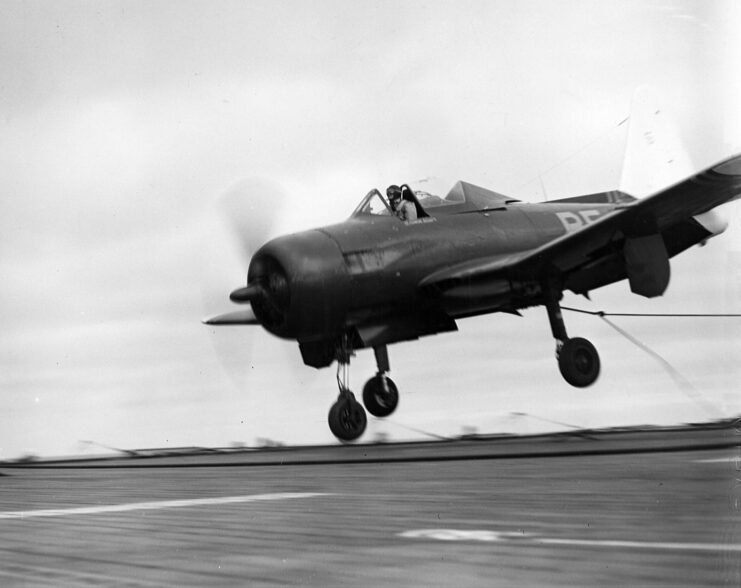
The first XFR-1 prototype crashed at Naval Air Station China Lake, California on October 13, 1944. The accident was a result of the wing structure being too weak to resist compressibility effects. This was fixed by doubling the number of rivets in the other wing.
The second prototype crashed on March 25, 1945, when the pilot couldn’t recover from a dive from 35,000 feet. This, too, was likely due to compressibility effects. The third, unsurprisingly, crashed just under two weeks later, when the canopy blew off at Lindbergh Field.
Despite these losses, testing continued at the Naval Air Test Center at Naval Air Station Patuxent River, Maryland. Further tests led to the discovery of additional problems: the engine overheated, the catapult hooks had to be moved and the nosewheel shock strut had to be lengthened by three inches.
With these problems fixed, the FR-1 Fireball was considered ready for carrier-based testing aboard the USS Charger (CVE-30). It conducted five takeoffs using the radial engine and another three using both types. No issues were noted during these trials.
In January 1945, contingent on the successful completion of the carrier trials, the Navy ordered another 600 aircraft. By that November, however, only 66 aircraft had been delivered. A few months prior, on V-J Day, the remaining orders had been canceled.
Ryan FR-1 Fireball specs
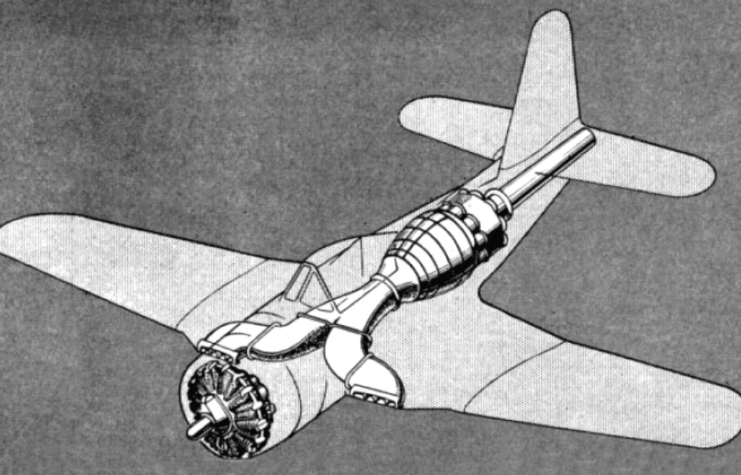
The FR-1 Fireball was a single-seater, low-wing monoplane with a tricycle landing gear. Its key design feature was its engines, being powered by a 1,350-horsepower Wright R-1820-72W radial one and a General Electric J-31 (originally designated I-16) turbojet capable of producing 1,600 pounds of thrust.
The radial engine was located in the aircraft’s nose, while the turbojet was in the rear of the fuselage, with air intakes in the wing roots. In an effort to create a simple fuel system, both used the same grade of avgas. Two fuel tanks were located in the fuselage, which could be supplemented with drop tanks.
The FR-1 provided pilots with excellent visibility, thanks to its large bubble canopy. It was also the first aircraft in the US Navy with a Laminar flow airfoil.
The FR-1 was armed with four M2 Browning machine guns, with 300 rounds each. These were located in pairs on the leading edge of each wing, just outboard of the air intakes. Four hard points were located under each wing and another two under the fuselage, allowing for various rockets, bombs and missiles to be carried.
Ryan FR-1 Fireball’s operational history
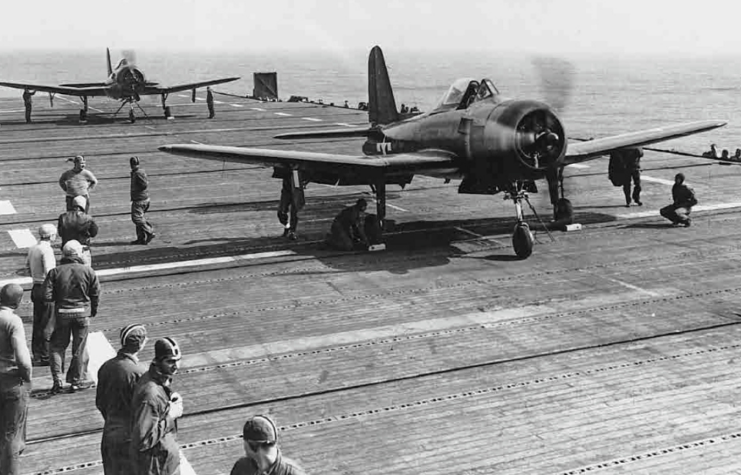
The FR-1 Fireball entered service in March 1945. Fighter Squadron 66 (VF-66), known as the “Firebirds,” received the aircraft, which never saw combat. On May 1, three were craned aboard the USS Ranger (CV-4). While seven pilots attempted to qualify on the FR-1, two were damaged upon landing when one missed the arresting wire, hitting the crash barrier, while the other’s nose gear collapsed.
Following the Japanese surrender, VF-66 was decommissioned and the pilots were transferred to Fighter Squadron 41 (VF-41), stationed aboard the USS Bairoko (CVE-115). The members of the squadron qualified on the aircraft. That being said, the FR-1 was still not without its problems. The addition of a steel fork on the nosewheel resolved issues with the aircraft’s landing gear, but wing failures were evident, and the FR-1 was limited to 5 g during maneuvers.
On November 6, 1945, an FR-1 was forced to land aboard the USS Wake Island (CVE-65) following the failure of its radial engine. The pilot made it with the jet engine alone, the first time an aircraft had landed on an aircraft carrier under jet power. VF-41 also suffered two fatal accidents in 1946. One aircraft collided with a target banner, while the second incident saw the squadron commander’s wing break off during a barrel roll, striking a second FR-1 and killing both pilots.
Retiring the Ryan FR-1 Fireball
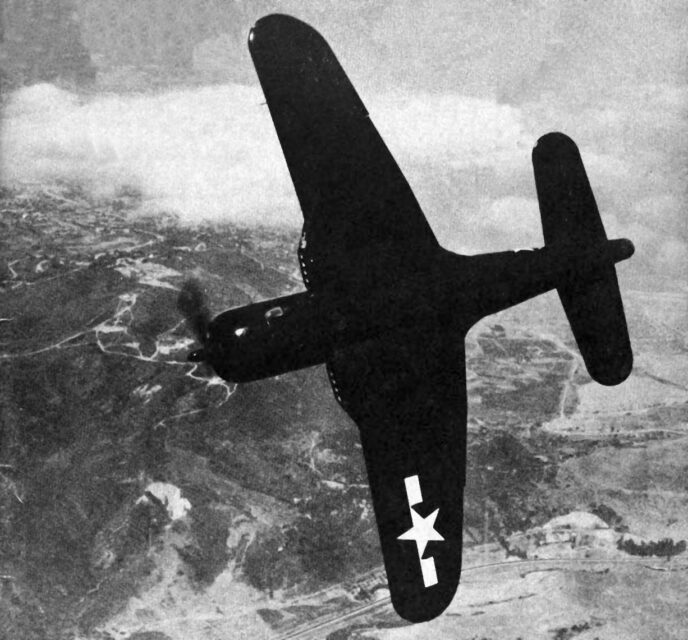
VF-41 was re-designated “VF-1E” on November 15, 1946. In March 1947, the squadron conducted carrier qualifications aboard the USS Badoeng Strait (CVE-116), during which it became clear the FR-1 Fireball couldn’t endure repeated carrier landings.
That June, VF-1E was deployed aboard the USS Rendova (CVE-114), which saw one FR-1 break in two after a hard landing. Due to its clear structural issues, the aircraft was removed from service on August 1, 1947. Following its retirement, all FR-1s were scrapped, aside from a few that were kept for testing.